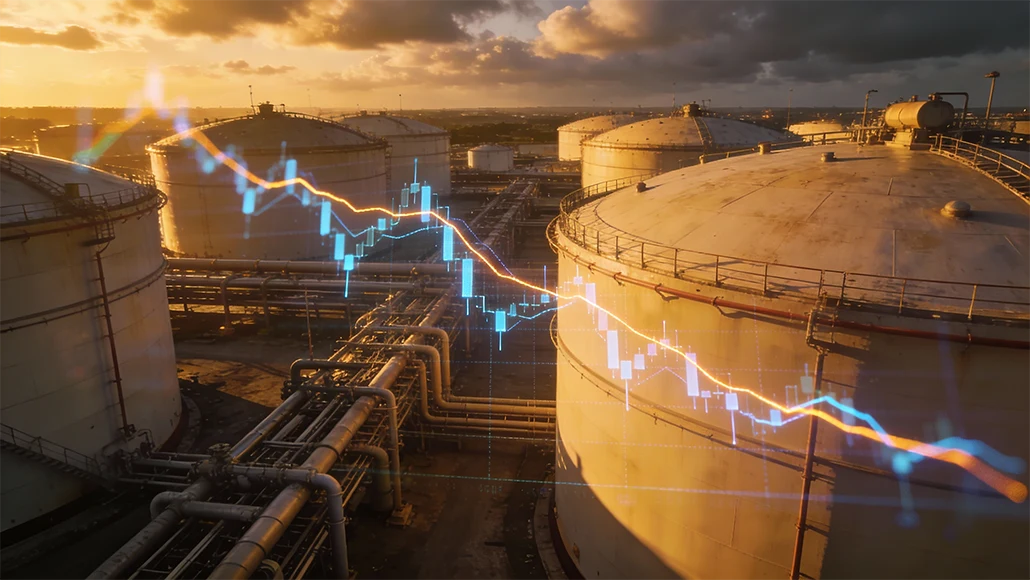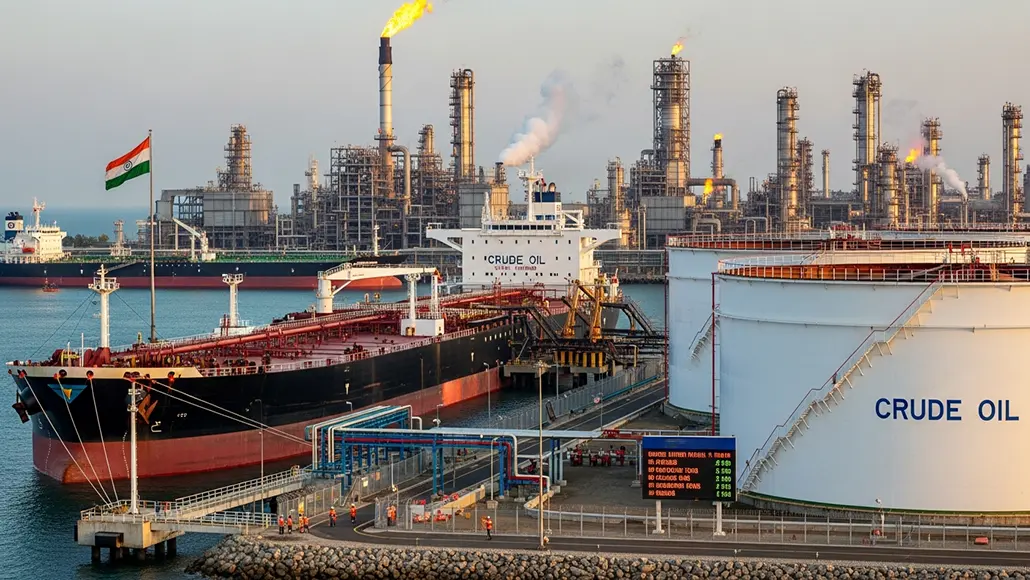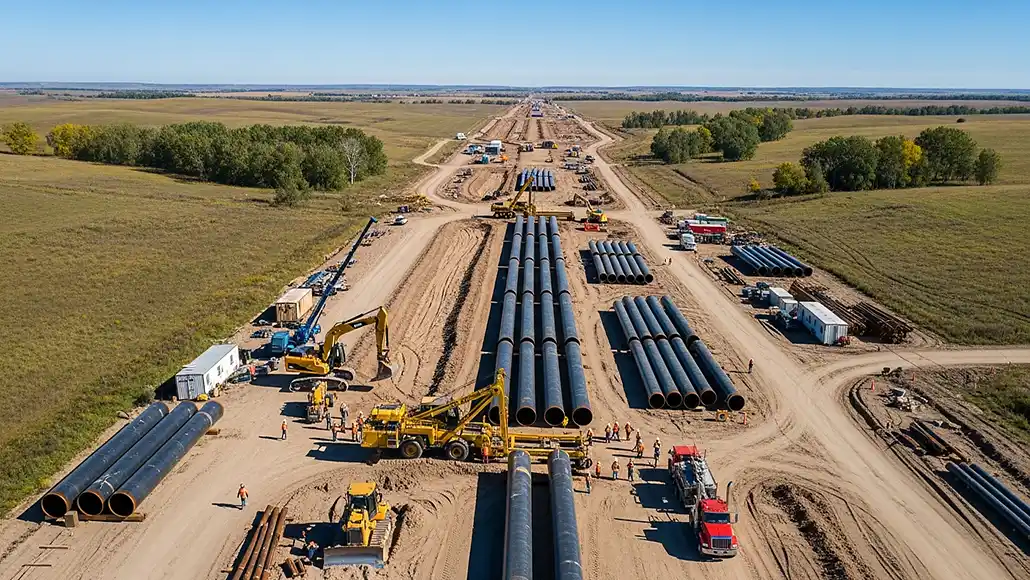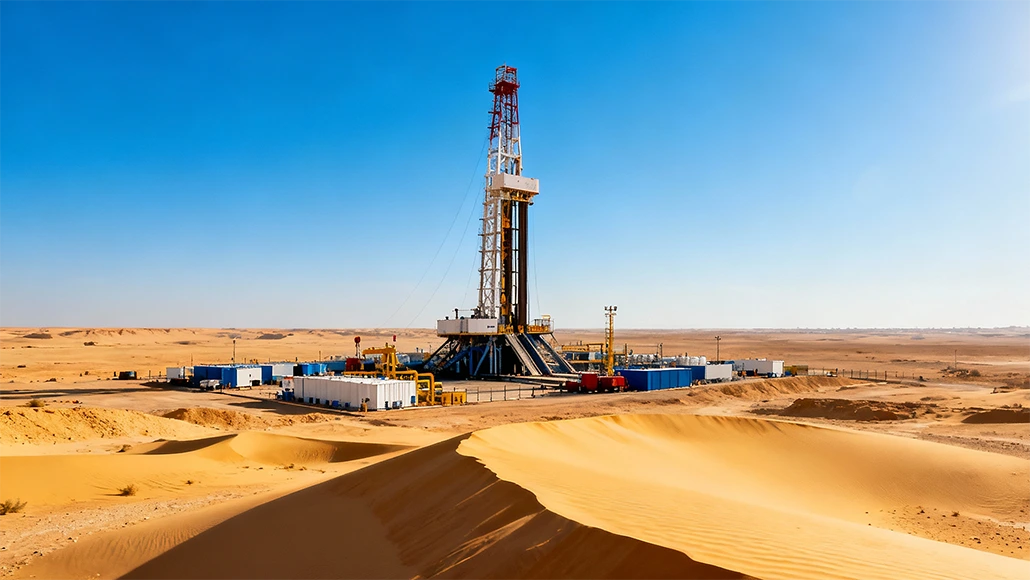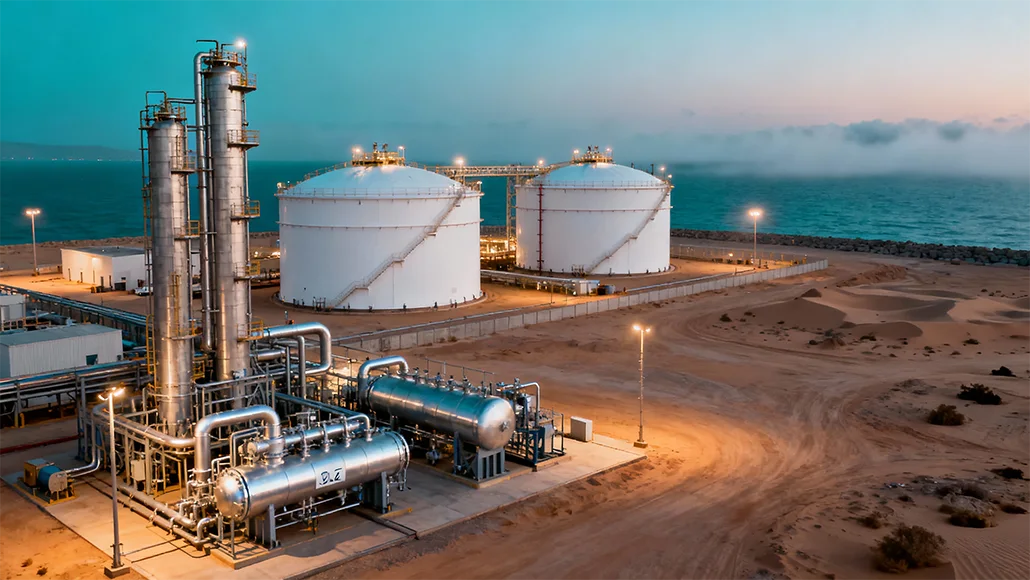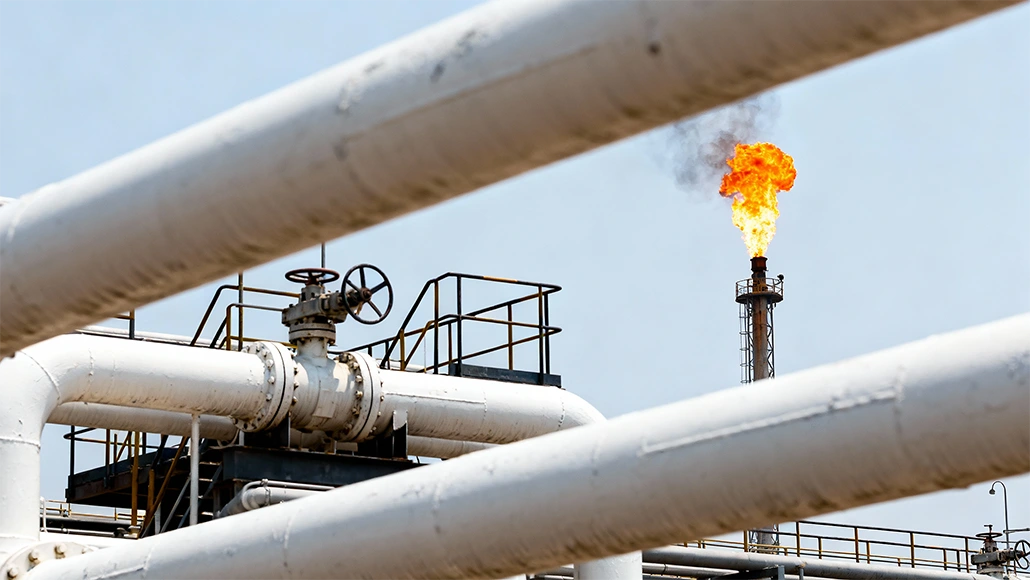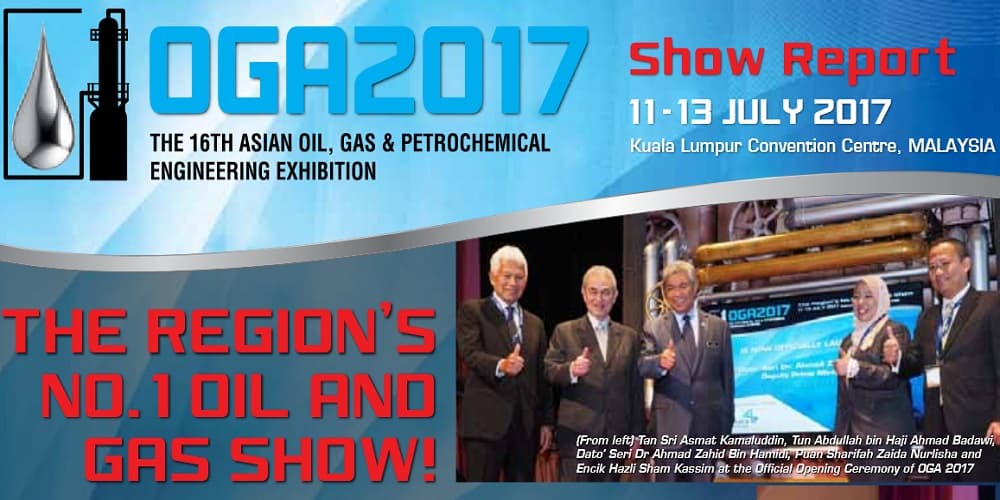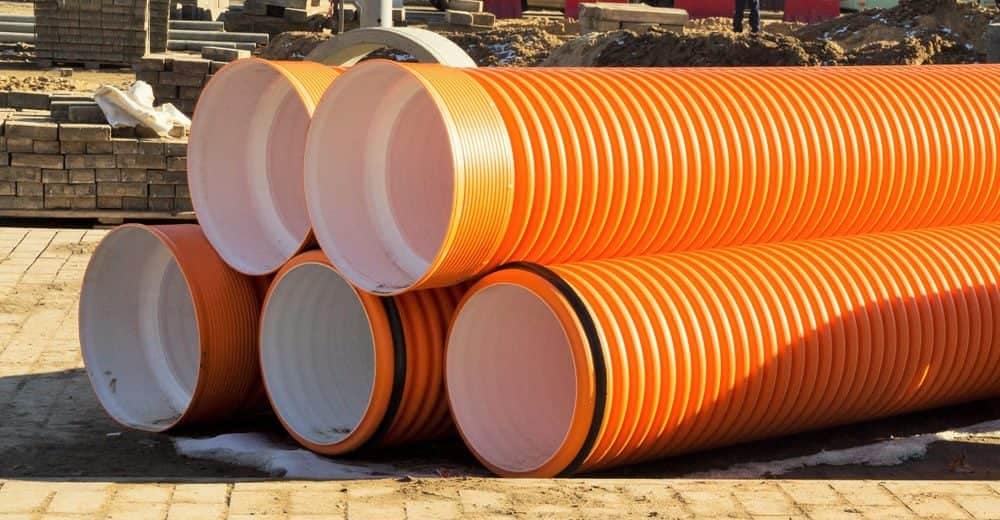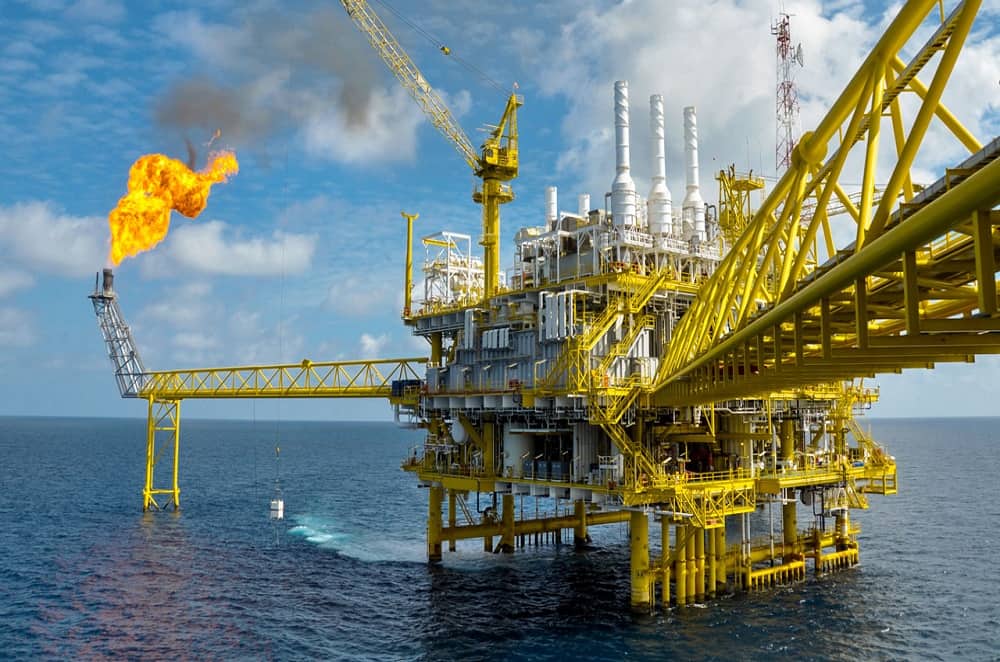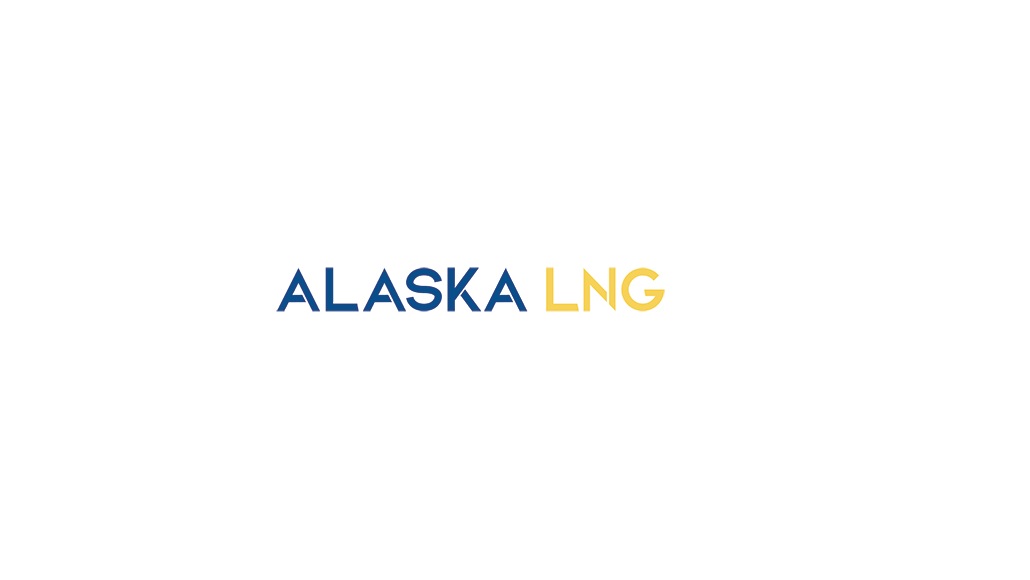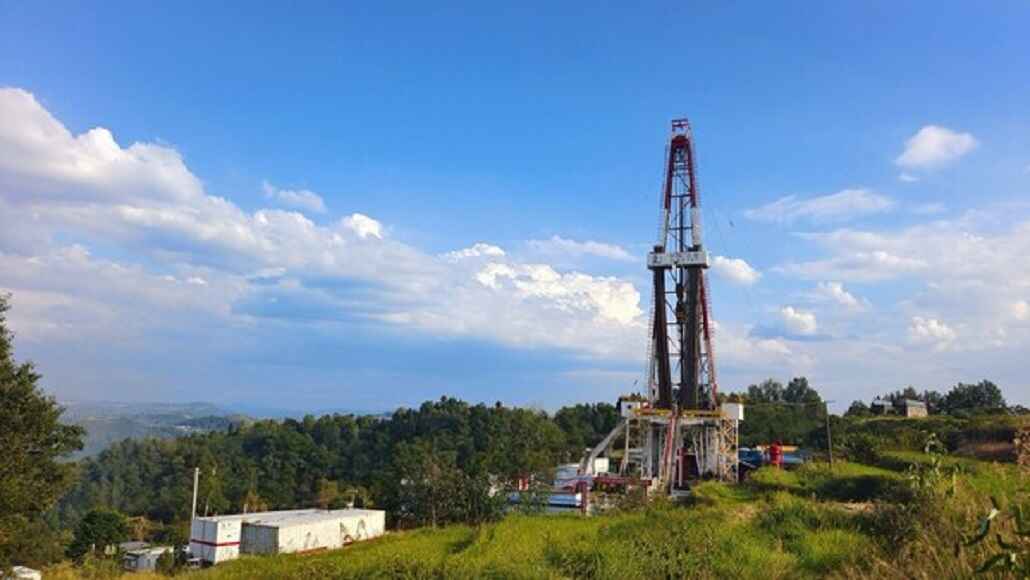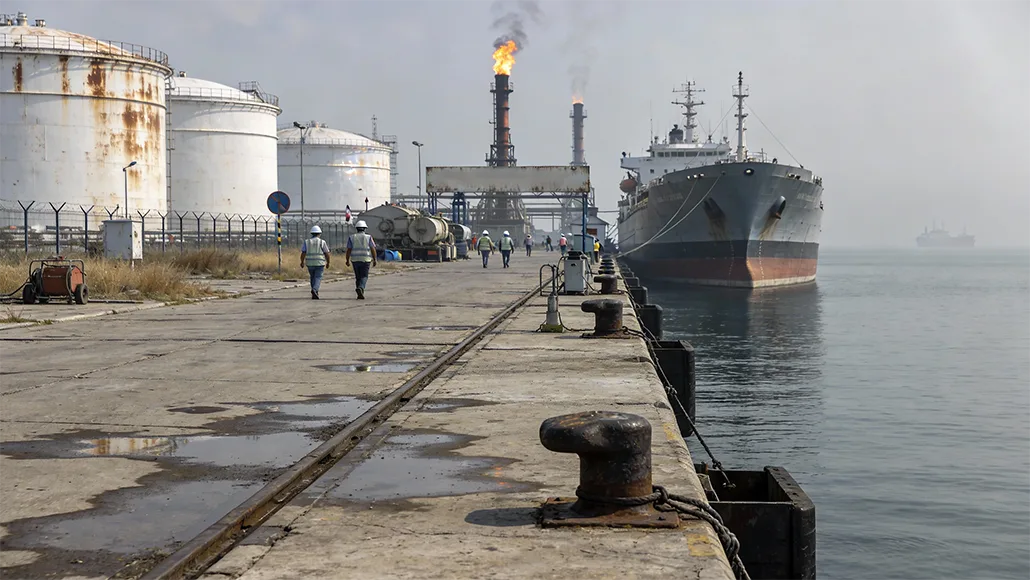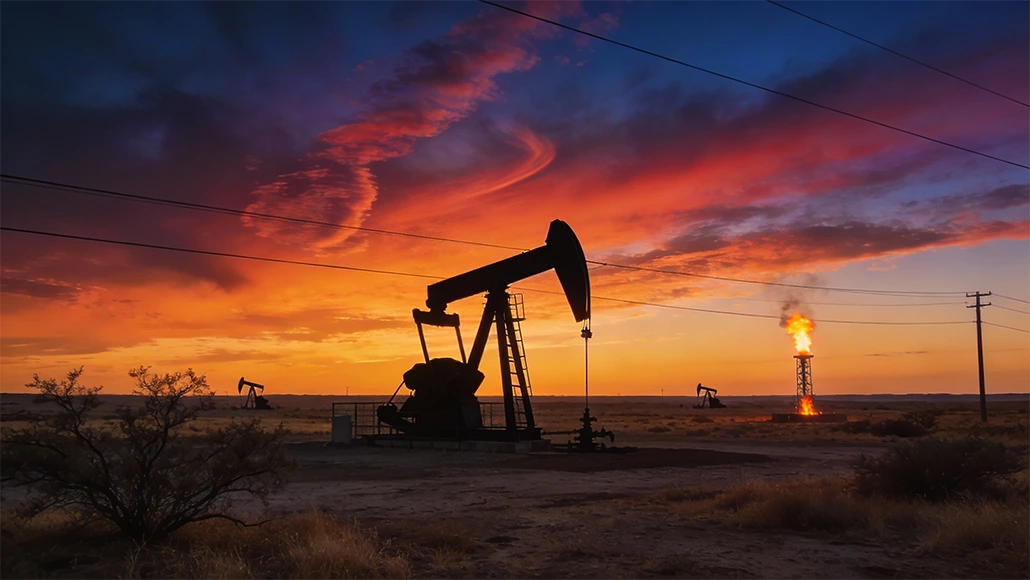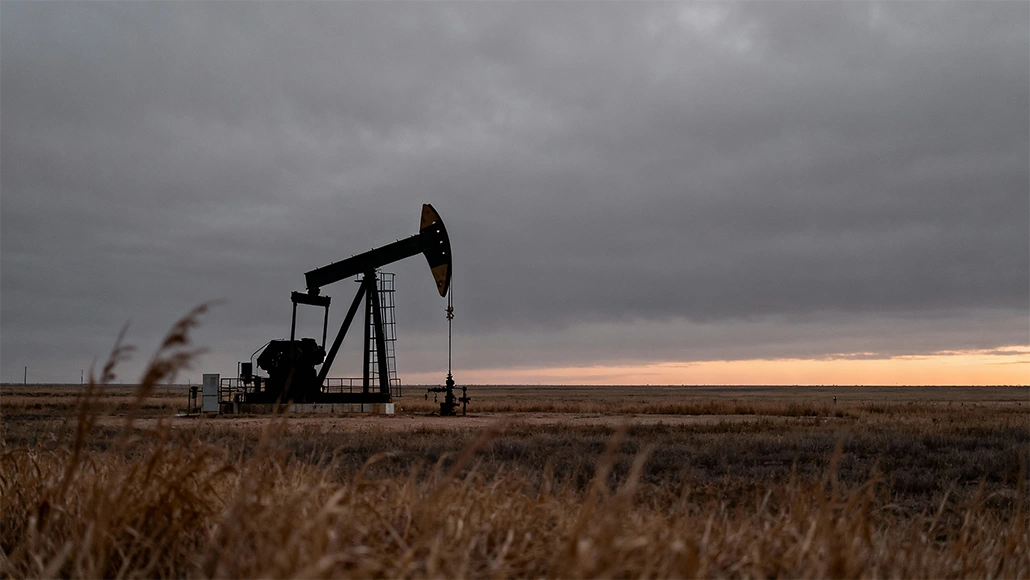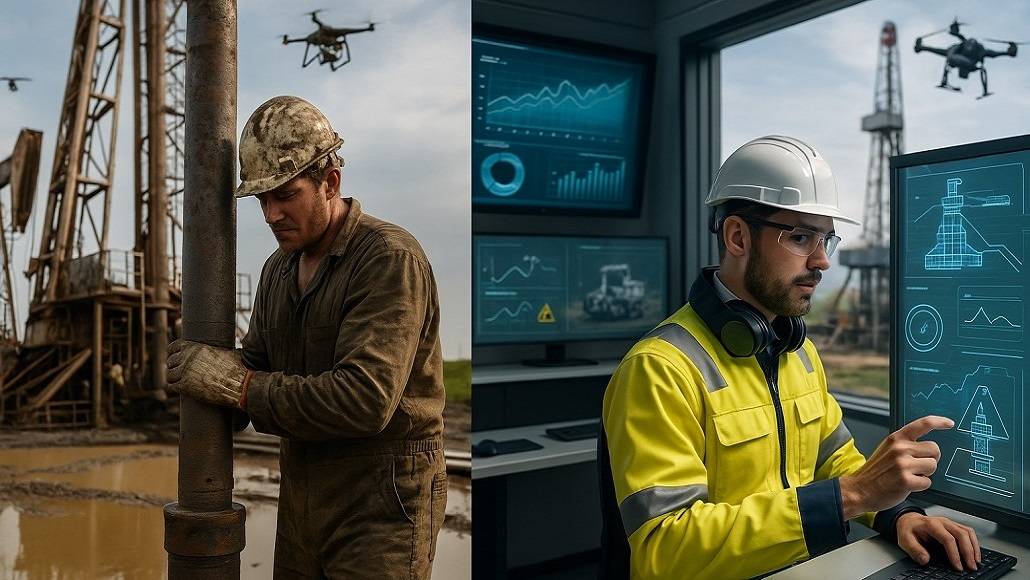The term roughnecks paints a picture of greasy oil field workers and is a sort of depiction like those of cowboys of the old West. In the years that have gone by, the progress when it comes to operations that have been carried out on an oilfield location has been determined only by the grit as well as tenacity of the workers who are involved, the roughnecks. When we talk of today, the industry is undergoing a rapid transformation that is driven by artificial intelligence along with advanced technologies. These times are uncertain for those old-school roughnecks who still go to work each day in the patch. However, their numbers are much smaller now as operations happen to move at the speed of light because of the gains in efficiency. There are new workers who are also entering the industry with tech-savvy skills.
Apparently, first were the significant gains when it came to efficiency, which were added by AI software tools by making the operations that would historically take months now cut down to just days or weeks. The fact is that the new speed of these operations went on to result in a prominent reduction when it came to the number of workers that were required. One example happens to be the state of Oklahoma in the US, which has lost almost a third of its oil and gas workforce since 2019, with most of the workforce lost at the time of prosperity and even record profits. As per the April 2025 jobs report coming from the Energy Workforce & Technology Council, the oil and gas sector in Oklahoma roughly employs somewhere around 49,000 workers, which is a significant chunk in a state that has a population of 4 million residents. These workers are going to face the challenge ahead as the efficiency gains consistently go on and reduce the headcount, specifically when it comes to finding as well as risking the comparable opportunities without getting relocated.
Besides the rising amount of labor that a small team can accomplish, technological advancements have gone on to decrease the unplanned downtime costs too.
By way of utilizing tools, such as cloud-based sensor data along with automated spill detection systems, companies can prominently decrease human error and, at the same time, save millions of dollars every year. On average, an energy company may spend almost $38 million every year on unplanned downtime expenditures, mostly because of human error. The fact is that AI predictive maintenance is now changing this by way of catching equipment failures much before they even take place.
So how are the skilled workers responding to the artificial intelligence boom?
Traditionally, most of the oil and gas workers start their careers with no formal education in college. These were mostly manual labor positions, which could only be learned by way of on-the-job training. But in today’s times, robotics, along with drones, happens to be used in order to inspect pipelines along with rigs. In addition to this, autonomous drilling systems make use of AI in order to adjust parameters, and that too in real time, thereby decreasing the human oversight requirement. This kind of transition goes on to mean that the companies are now looking out for AI specialists, robotics engineers, and data scientists. There is indeed a rising demand when it comes to hybrid-type roles that can combine petroleum engineering along with expertise in artificial intelligence. This kind of shift in technology, along with streamlined corporate structures in which oil field service companies transition from owning more expensive assets to getting used to becoming technology-focused, happens to be creating better profit margins without having any kind of requirement to increase the capital expenditure.
Fortunately, the very thing that is actually reshaping the workforce within the oil and gas industry happens to be the element that can train the workers. As the oil and gas sector faces a crisis in the workforce, in which 40% of skilled workers are anticipated to retire by the end of this decade, it is artificial intelligence that can actually bridge the gap and equip the workers with the skills that they require moving forward. Augmented reality training goes on to teach workers to make use of AI-guided simulators rather than shadowing the veterans. Digital prints blended with AI can recreate a digital version of whatever the project or job is so as to train the workers on a step-by-step basis on how to make sure that task is performed.
It’s worth noting that the oil and gas workforce of today happens to look significantly different from what it used to be a decade ago since the industry depends less on instinct and grit and more on technology as well as data. There are many existing jobs that are going to be replaced as part of this kind of transition, while there will be new ones that will be emerging. One thing is definite – this is creating a much safer workplace than it used to be since one utilized the technology in order to remove people from situations that were indeed very hazardous. Interestingly, Shell was able to achieve a 40% decrease in equipment failures as well as a 35% reduction when it came to unplanned downtime, as per Global Insights. Decreasing the equipment failures, along with downtime, also decreases the amount of time that employees get exposed to the hazardous situations. According to the 2024 Texas Mutual Insurance, a 24% reduction in serious injuries from the oil and gas industry in the state of Texas was reported. This is especially very beneficial for oil and gas workers who labor right through the boom-and-bust cycle of the sector since these new skills are going to offer them access to more opportunities in terms of jobs even outside the industry during times of downturns.




